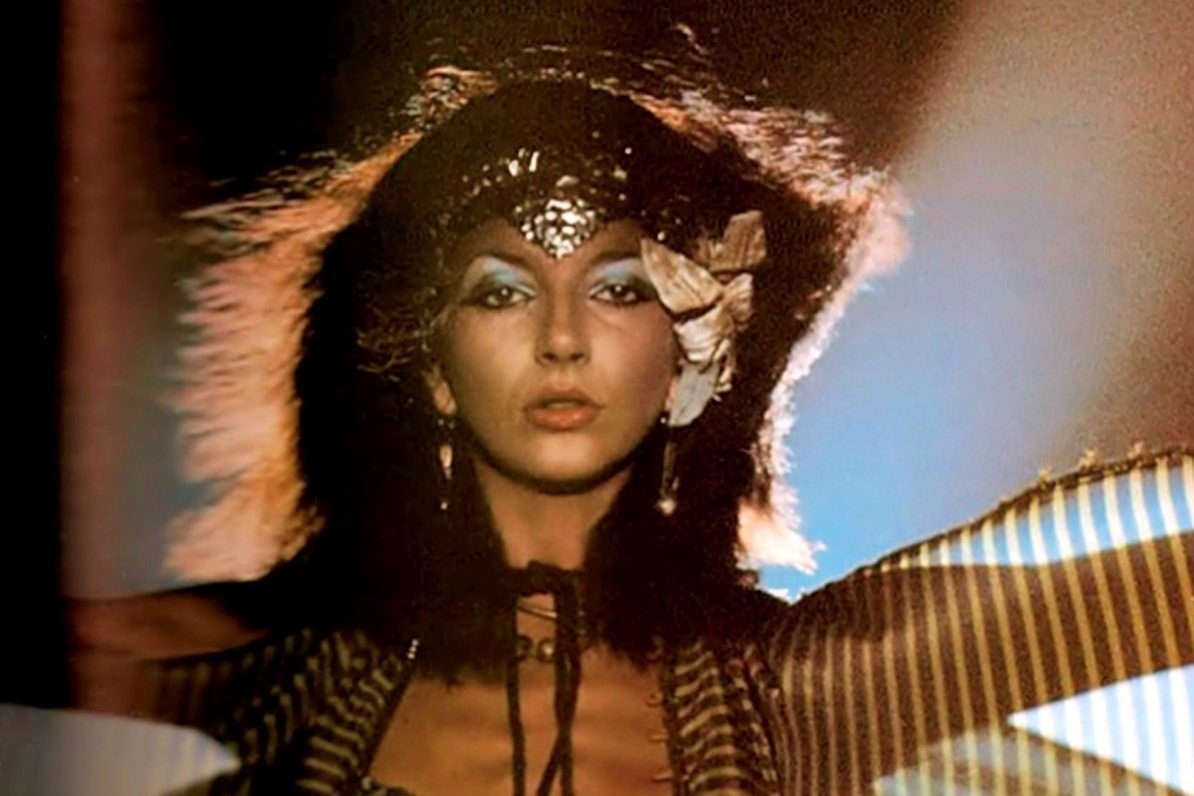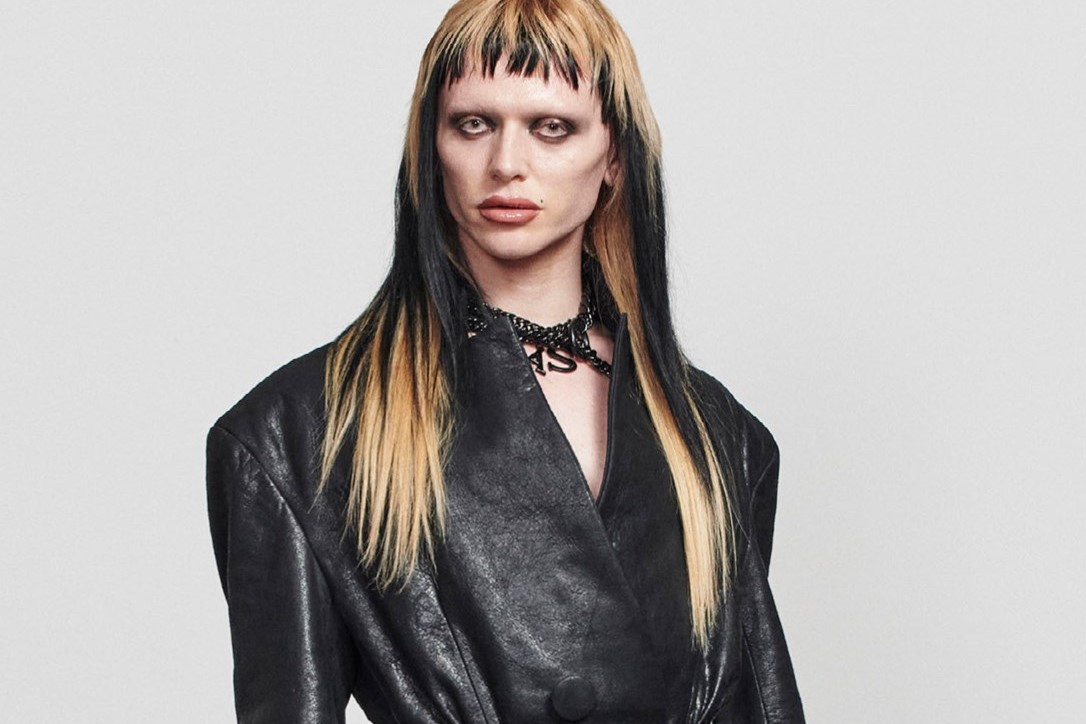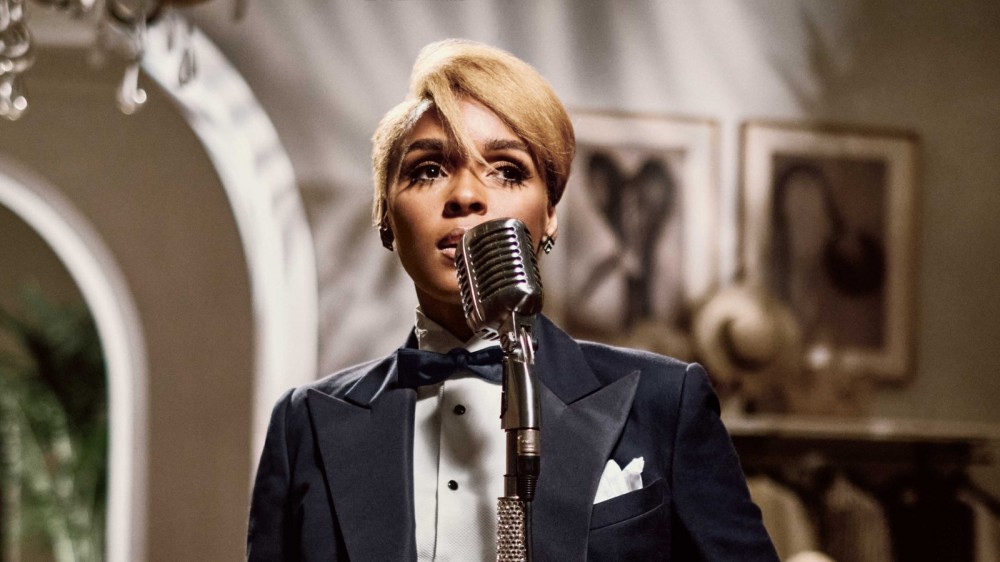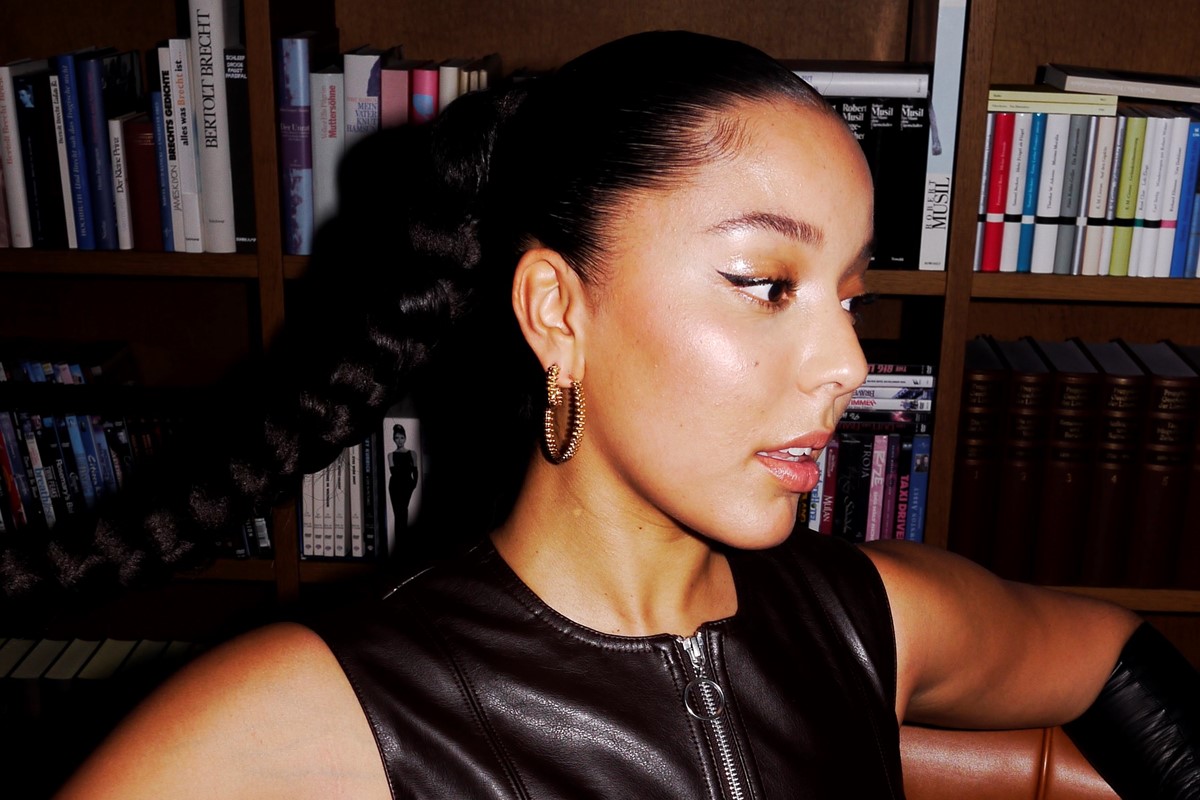
Tracing Kate Bush’s legacy as a bizarro style icon
As a new generation are blessed with the gift of ‘Running Up That Hill’, we unpack the power and influence of the legendary musician’s eclectic fashions
Nearly 40 years after it was first released, Kate Bush’s “Running Up That Hill (A Deal With God)” has become the hottest song of the summer. Playing a prominent role in the dark new series of Stranger Things, the offbeat ballad has become a global hit, as endless streams by a new generation of Bush fans propelled it to the top of the UK charts. First appearing on Bush’s 1985 album Hounds of Love, the track is a rallying cry for extreme empathy that explores what could be achieved if two lovers swapped places to understand one another better – themes which feel just as timely and pertinent as they did back then.




Despite her fame, Kate Bush has managed that rare thing as a mainstream musician – retaining a cult-like aura that still makes listeners feel like insiders sharing a secret. To those in the know, this appreciation extends far beyond the music. A great foreshadower of the slick pop package expected today, Bush’s work has always been led by an understanding that a great singer uses all her available tools. From taking lessons with David Bowie’s dance teacher Lindsay Kemp to devising music videos that cover every genre from sci-fi to macabre fairytale, Bush’s vision was, and is, multi-faceted. Clothes have played an integral part in this creative odyssey, cementing Bush as an idiosyncratic fashion icon in the process.
Here, we look back at the way the musician has utilised fashion throughout her career, and her subsequent influence on the way we dress.
KATE’S KEY LOOKS
Let’s reverse to the beginning. Bush burst into the limelight in 1978 with her debut album The Kick Inside. She was just 19. The lead single “Wuthering Heights” remains one of her best known to this day, its high-pitched, broken-hearted register still a favourite among brave karaoke-goers. Two separate music videos released to accompany the Emily Brontë-inspired track featured Bush fluttering around a field and a stage in flowing gowns: one red, one white. Often, this is the Kate Bush we still imagine, all big hair and ethereal seventies regalia.
Away from her videos, Bush was frequently pictured wearing rustic knits, silk blouses, waistcoats, colourful tights, thigh high-boots, and a further succession of diaphanous dresses. Her style suggested not only hippyish ease but a particularly English kind of eclecticism: all thin fabrics and big woolly socks. She wasn’t afraid of high fashion drama either. A series of photos of her taken in the late ‘70s by Claude Vanheye see her in various jewel-coloured Fong Leng pieces, with one ritzy yellow number worn to walk a leashed crocodile.
The needs of dance also influenced Bush’s love of glittery bodysuits and tight lycra – all the better to move in. Her 1979 show The Tour of Life was a heavily costumed affair, featuring outfits including a magician’s top hat and tails, a veil, wings, leotards, and WWII army attire. Always ahead of the game, she was also the first singer to perform with a wireless microphone headset, her stage sound engineer Martin Fisher devising it from a coat hanger.
During those early years, Bush was prodigious. The Kick Inside and Lionheart were both released in 1978, Never Forever came in 1980 (featuring a brilliant futuristic look complete with chainmail bikini for “Babooshka”), and The Dreaming in 1982. The latter, which marked her most experimental work to date, received lukewarm reception but has since been recognised as a classic. Bush then stormed back onto the charts in 1985 with Hounds of Love.
Forever a shapeshifter, across the course of the album’s music videos and shoots Bush fashioned herself into a small boy complete with knitted jerkin for “Cloudbusting”, an overcoat-clad dancer for “Hounds of Love”, and an Ophelia-style figure in a life jacket framed by flowers for the album’s B-side telling the story of a slowly drowning woman. For “Running Up That Hill” she opted for grey leotards and hakama – draped Japanese trousers – ideal for the video’s soft purple light as she and fellow dancer Michael Hervieu (dressed identically) grappled together in a series of motions that rolled between intimacy and distance.
A LASTING INFLUENCE
To some degree, it’s hard to write about Kate Bush’s ‘style’, because so much of it exists in service to her music. Take her 1993 album The Red Shoes. There it’s all about the scarlet ballet slippers, used to reference Powell & Pressberger’s 1948 film of the same name – itself nodding to Hans Christian Andersen’s gruesome tale of a girl cursed to dance forever. For Bush, clothing is both kinetic and character-forming. It frees or accentuates the body. It allows the wearer to play role after role. Often, her vision has extended beyond the merely human. In her promotional images you can find her dressed as both a bat and a lion.
This exhilarating malleability has made the singer a firm favourite in the fashion world. Designers including Kim Jones, Phoebe Philo, Clare Waight Keller, Alexander McQueen, Hussein Chalayan, Luella Bartley, and Craig Green have lined up to declare their love for the grand witch-queen of pop. The latter recently described his first encounter with her work aged 13 to AnOther, saying “I was spending a lot of time alone in my bedroom, working, and I started listening to her over and over… I love that she can find music in anything – from mother-and-son love, to pigeons and snowflakes.”
There is a narrative that exists in the fashion world – that of the slightly awkward kid who spends their adolescence sketching in their room and grows up to create clothing that fulfils their hunger for beauty and fantasy. No wonder Bush appeals to that cohort. It’s one of the reasons why she’s so beloved. Yes, there’s the emotional precision of her lyrics and the expansive reach of her sounds. Yes, there’s that fantastic willingness to be intelligent and daring and strange. But there’s also an implicit suggestion about the galloping power of the imagination, particularly when combined with an outsider-ish sensibility that leaves you dreaming about literary ghosts or the merits of the mathematical symbol Pi.
That’s why her fashion choices are so memorable too. It’s not just their ethereality or eccentricity, but the stories they tell. Designers love to throw around vague statements about creativity, but in someone like Kate Bush you see the full force of an active, searching mind – and an understanding of what the dressing up box can do. Really, it’s a very simple fashion philosophy. To become someone new, all you need is a costume change.



